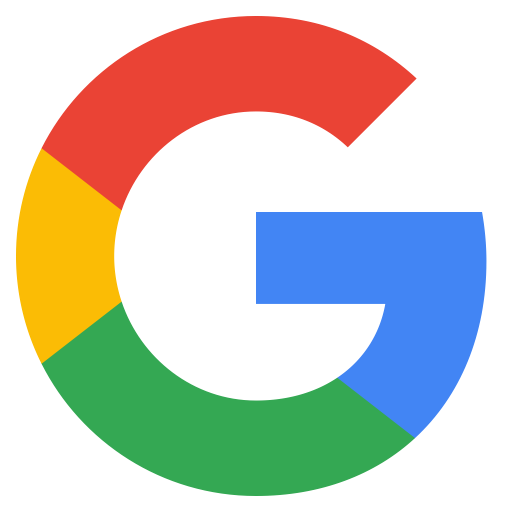Every year, it seems, there’s a big marketing tech news event. A contender for this year’s MVP of marketing tech news may go to Google, as it announces a reorganization of its venerable digital advertising platforms, DoubleClick and AdWords. These familiar brands, along with Analytics 360, are being replaced with Google Ads and Google Marketing
Here’s the run down:
- Google AdWords is changing its name to Google Ads. Google Ads will maintain current campaign choices as well as herald new campaign selections as well. A simplified version of campaigns for small businesses, called Smart campaigns, is available now, with other being rolled out over the year
- DoubleClick display advertising is being combined with Google Analytics 360 Suite to become Google Marketing Platform, an interface that helps marketers plan, buy, measure and optimize digital media and customer experiences in one place. The new platform combines DoubleClick Bid manager, Audience Center, and Campaign Manager under a subset called Display and Video 360 so that creative media agency has a central interface to create and manage media campaigns effectively
- DoubleClick for Publishers and DoubleClick Ad Exchange are being merged into a new platform called Google Ad Manager. Google Ad Manager will be aimed at publishers seeking to better managed programmatic ad content
Here’s what Ashley Fletcher, a former Google product manager, now VP of marketing at search intelligence platform Adthena, had to say about the changes:
This is a move to bring the Google ad stack under one universe. Sun-setting established brands like DoubleClick and AdWords takes time. The choice of name [Ads] for AdWords is particularly interesting. It’s bringing search into the wider digital ‘”ad” universe. This is good for companies like ours, as search sits in the center of everything Google is building products off of, from programmatic to YouTube, and beyond
Part of this name change for AdWords clearly does come from an evolution in its purpose, and in the media it was meant to serve.
Launched in 2000, AdWords augmented search results and online text. But over the years, search became more influenced by mobile device-centered activity, demonstrating consumer intent to research/purchase products and services in the moment. That consumer context – which Google calls “micro-moments” – meant that AdWords options had to expand; to include, for example, video ads suitable for mobile viewing. While feature expansion has maintained Google’s dominant market share for search advertising for years, it has also increased the potential to overwhelm advertisers and marketers with choice.
Rearranging the ad platforms offers Google that chance to reinforce its branding message against its other technologies. Tech companies have more options to offer marketers these days, from chatbots to virtual reality. All these initiatives may work well, but the sheer variety of options tends to create recognition complexity, enough sometimes to cause distracted decision-making when it comes to creating and managing campaigns.
Google Ads clarifies the relevant Google products and features. It also eliminates potential cannibalization between services.
Consolidation of the ad platforms also reflects the current state of competition across technology domains. AdWords already faced increased advertising competition from social ads*; but other choices are increasingly becoming attractive to marketers. Amazon, in its rise as an eCommerce powerhouse, vies with search-focused services like Google as a starting point for product information for consumers, not least through its voice-enabled home device Echo. To better attract advertisers, Amazon introduced their own paid advertising to build on their burgeoning site traffic as well as announcing advertising options for Alexa, the query platform that underpins Echo.
Google Marketing Platform is expected to roll out during July. To further that introduction, Google announced a July 10 live streaming event, which will feature demonstrations and an introduction to the new Google Ad campaigns.
*Editor’s Note: For more on the connections between search and social advertising, and the Amazon threat, listen to our podcast with Wes MacLaggan of Marin Software.







